wikiHow is a “wiki,” similar to Wikipedia, which means that many of our articles are co-written by multiple authors. To create this article, 14 people, some anonymous, worked to edit and improve it over time.
wikiHow marks an article as reader-approved once it receives enough positive feedback. In this case, 100% of readers who voted found the article helpful, earning it our reader-approved status.
This article has been viewed 68,009 times.
Learn more...
Stimming provides sensory stimulation to autistic people. It can help handle too much sensory input or not enough, calm them when they're stressed, enhance their focus, and help them express how they feel. Here is how to encourage good stims and understand their stimming.
Steps
-
1Recognize that everyone stims here and there.[1] Whenever you pace, fiddle with your hair, bite your pencil, or squeeze your hands, you're stimming. Stimming is both more necessary and more noticeable in autistic children, due to sensory issues.
-
2Protect the child from negativity. Some people can be judgmental or cruel to people who are different, and may mock or punish a child who appears visibly disabled. This is harmful to the child's well-being.
- Recognize that anyone can be unkind. Classmates, parents, teachers, and even therapists can say and do terrible things to autistic children.
- Teach your child that it is wrong for people to treat them this way. Assure them that they are allowed to be different, and that it's not their fault if someone else treats them badly. Bullying is caused by people choosing to be bullies, not by the victim being themselves.
- Teach your child that they can do whatever they want, as long as they are being safe and respectful of other people's feelings. (Hitting is not okay. Rocking back and forth is.)[2]
Advertisement -
3Address the child's emotions. If your child is stimming because of their feelings, then try to identify that feeling and respond to it appropriately. Think of emotional stimming like a facial expression—it's a way for them to express something. Here are some examples of how to respond:
- "Well, you look excited today! Are you flapping because you're excited to see Grandma?"[3]
- "Is everything okay? You look unhappy."
- "Tommy, Lulu's making that sound because she's upset. Please stop getting in her personal space."
-
4Learn the child's own unique stimming patterns. Unlike facial expressions, stims are not universal and can mean different things for different people. Notice the child's individual stims. They can give you clues to how they're doing, and can even show signs of oncoming meltdowns before they begin. Here are some example individual stims:
- Noah flaps his arms when he feels overwhelmed.
- Rachel paces whenever she falls into deep thought. Her parents know that usually an impromptu science project follows this, and are looking into science programs at her school.
- Jamal used to bite his fingers when he was worried, until his dads helped him redirect to biting chewy jewelry.
-
5Find stim toys to enhance concentration and self-calming. You can purchase them online, make them yourself, or repurpose common objects such as flashlights and string. Keep a box of stim toys in an accessible place where your child can easily get whatever they need.[4]
- For calmer trips out and about, ask a child to pick a stim toy from the box to take along.
- Write down where you found each stim toy, in case they break or become misplaced.
-
6Moderate hyperactivity with exercise. If a child is stimming so much that they can't focus, then they need more exercise. Go to playgrounds, set up a basketball in the driveway, go to pools, take family walks, and have plenty of sports equipment available for backyard sports. It may be worth purchasing a swing or playground set for your yard if possible.[5]
-
7Find out how to redirect stims that cause harm. Stims such as biting, head-banging, and staring at the sun are detrimental to your child's health. You can talk with your child and their therapist about how to fulfill their needs in a less harmful manner.[6]
-
8Accept socially unusual stims as part of your child's style. Your child may look strange, and they will appear disabled in public. This does not mean that you are a bad parent, it means that you have a disabled child. Learn to relax and stop worrying about whether others are judging you or the child. Your child will still be able to have a successful and happy life.
- Inform your child that their behavior looks odd, using a neutral tone of voice to make it clear that you aren't ashamed. "Most thirteen-year-olds don't carry stuffed animals to grocery stores. If that bothers you, you could go get a different stim toy from your box. But it's okay to be different, and I'm fine with either way you choose."
- Never try to change a behavior only because you find it embarrassing. If this is the case, it may be yourself who needs to change to accept others.
-
9Encourage stimming before leaving the house. If you know an event is going to be difficult, try giving the child some deep pressure (tight hugs, weighted blankets, massage, stacking things on them, etc.). Activity can help with releasing excess energy beforehand if this is often a problem for your child. Swinging and rocking may also help. Figure out which sensory activities can calm them or burn energy, depending on their individual needs and preferences.
-
10Find the beauty in stimming. Stimming is one of the things that makes your child unique. It helps them connect to the world, and makes them special. Love the stims and love the child.
Warnings
- Don't allow therapists or others to "extinguish" or discourage stimming. It is an important coping mechanism, and your child may suffer from lower self-esteem and self-control if they feel like they can't stim.⧼thumbs_response⧽
References
- ↑ https://www.goodtherapy.org/blog/foot-tapping-hand-flapping-why-do-people-stim-0104194
- ↑ https://discovery.ucl.ac.uk/id/eprint/10066002/7/Crane_1362361319829628.pdf
- ↑ https://thesensorytoolbox.com/hand-flapping-should-i-be-worried-does-it-only-happen-with-autism/
- ↑ https://www.npr.org/sections/health-shots/2018/07/07/625756385/autistic-new-yorkers-share-their-stim-toy-stories-with-aftereffect
- ↑ https://www.ncbi.nlm.nih.gov/pmc/articles/PMC5840149/
- ↑ https://www.autism.org.uk/advice-and-guidance/topics/behaviour/obsessions/all-audiences
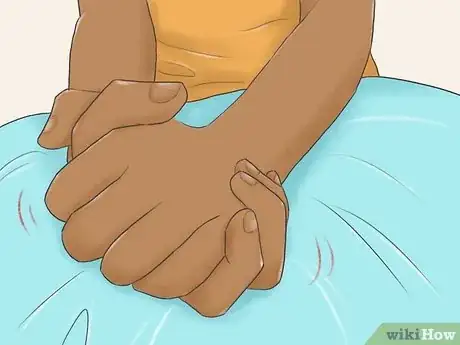
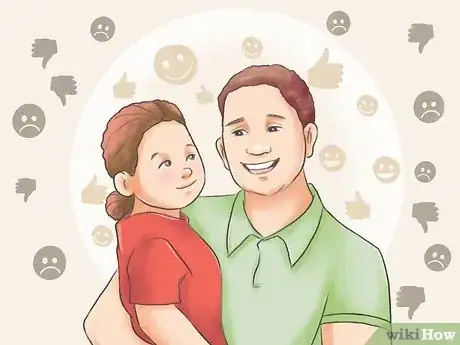
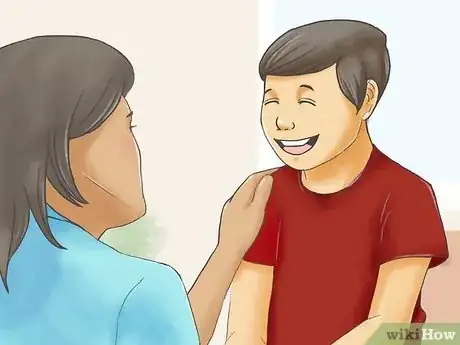
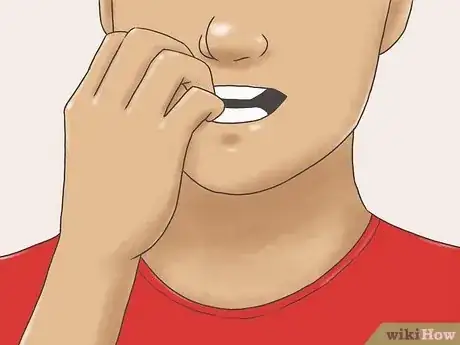
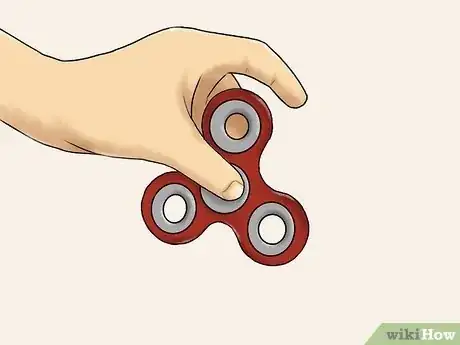
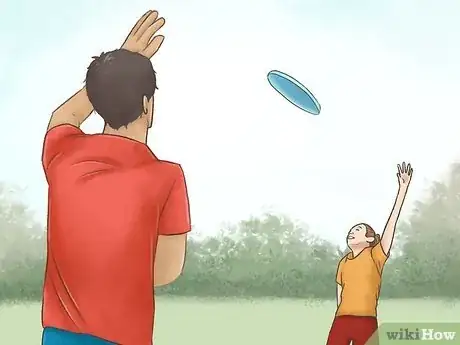
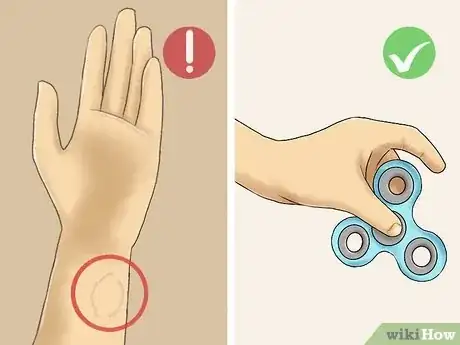
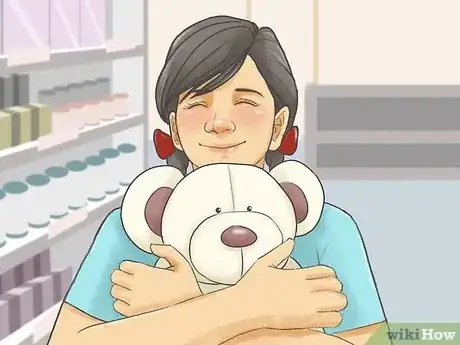

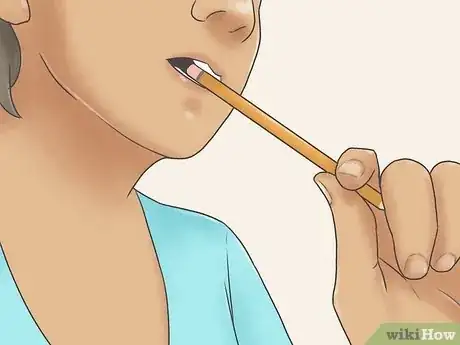


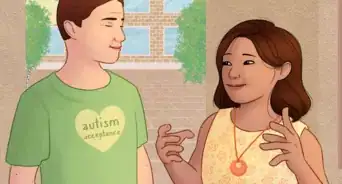


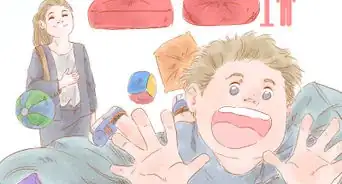
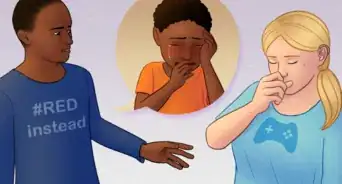


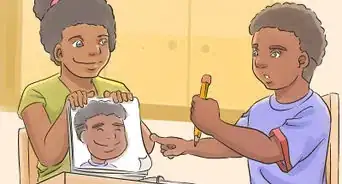
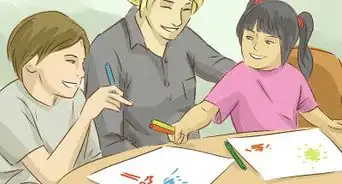

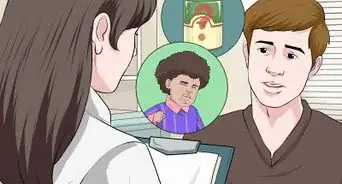













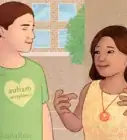




































Medical Disclaimer
The content of this article is not intended to be a substitute for professional medical advice, examination, diagnosis, or treatment. You should always contact your doctor or other qualified healthcare professional before starting, changing, or stopping any kind of health treatment.
Read More...